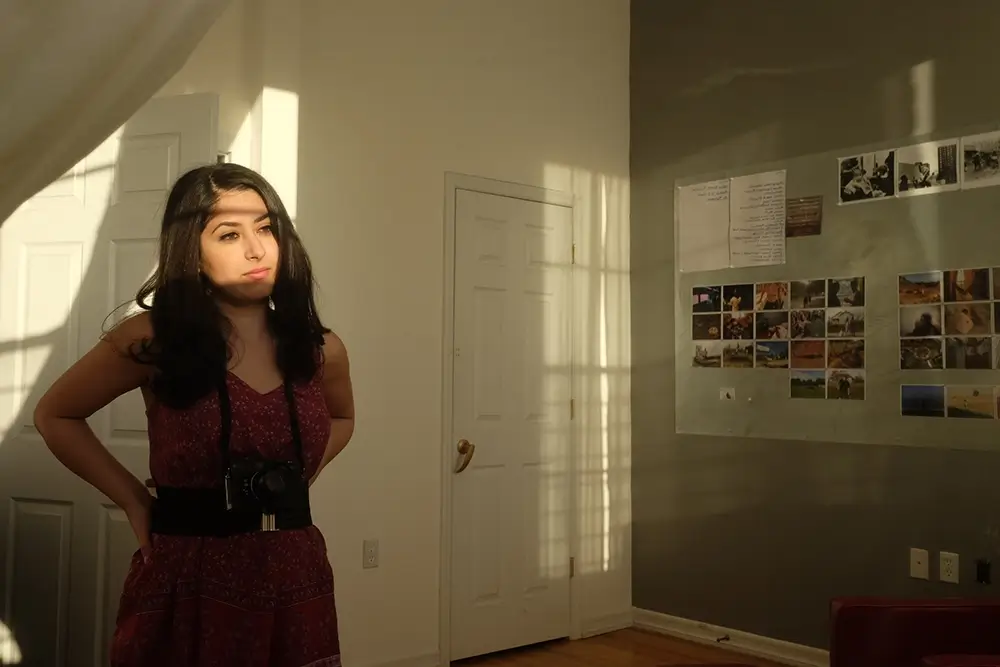Parisa Azadi is an Iranian-Canadian visual journalist whose work is grounded in themes of systematic violence, social injustice, and radical resistance within historically oppressed communities. Parisa has reported across the Middle East, South Asia, Africa, and Canada, covering civil unrest and state repression—including the Syrian refugee crisis in Jordan, missing and murdered Indigenous women in Canada, and religious extremism in Bangladesh. Since 2017, Parisa has been working in Iran, examining the nuanced dynamics of communities living in the aftermath of political violence.
Parisa’s work has been shown in solo and group exhibitions across Europe and the U.S., including Cortona On The Move, Belfast Festival, the American Center For Photographers, Melike Bilir Gallery, among others. Her work has been recognized by the World Press Photo 6×6 Global Talent Program and the Chris Hondros Fund Award. In 2023, Parisa was named one of the British Journal of Photography’s Ones to Watch, received the Magnum Foundation Mobility Grant, and joined the South Asia Incubator Program. Her photographs have appeared in The New York Times, The Guardian, Courrier International, Annabelle Magazine, among others.
Article:
Ordinary Grief